Looking ahead to 2023 Marketing Trends: The Year of Endurance
While our 2022 B2B Marketing trends post below is still extremely relevant (we’ve made sure to update it as the year has progressed), 2022 is nearly over, and we’re looking ahead to next year. If you’d like to get ahead and set your sites forward, download the PDF version of our Marketing Trends 2023: The Year of Endurance blog by clicking below! If you’d like to stick to the 2022 B2B Trends article, just keep scrolling.
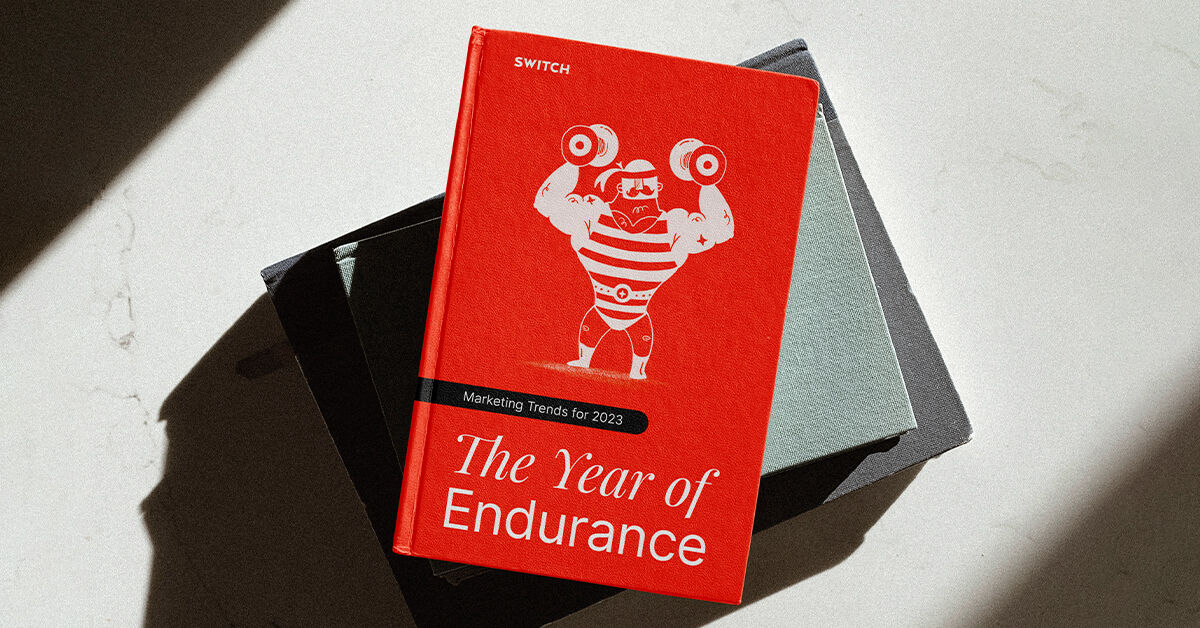
Intro to B2B Trends 2022
At the beginning of 2022, we published our predictions for B2B marketing trends in 2022.
Now we’re looking at them again to see what’s changed.
Every trend we put out at the beginning of the year undergoes a change.
As industries hop onto the bandwagon and pick up where the other company left off, changing the trend becomes a matter of business necessity – and very few trends survive as they are once they become a trend. Some never change (these would be megratrends, the overarching umbrella that other trends fall under) while others last just a season, or until a bigger trend comes along.
Remember planking?
That’s what we mean when we talk about trends that just disappear after a while.
Trends in business follow the same patterns. There’s always megatrends, and from these megatrends, smaller trends appear.
All trends come from your consumers: what they like, what they don’t like, how they express themselves, what needs they want answered, what service will make their lives easier.
B2B marketing is no different. Your clients are just bigger. And you have a lot more of those decision-makers to satisfy.
Here’s what we predicted for 2022, and how it’s playing out so far.

B2B Marketing Megatrends
1. Don’t Be a Dick
What we said: “Don’t underestimate the power of good. People are willing to forgive a lot if they can see that you’re genuinely trying to be nice. And people are willing to punish you if you go against their values. Over and above, it’s no longer cool to work yourself and your people down to the bone. Gone are the days where you could boast about 80-hour weeks. If you’re stuck in this rut, get out of it. Stop boasting about it and stop making the hustle your brand. Nobody likes it.”

Is it still relevant?
Absolutely.
‘Don’t be a dick’ isn’t just a B2B marketing mantra: it’s a mantra for every big business that has a customer-facing side (so, every big business), and it’s more than just something to tack onto your goals for the year.
The psychological toll of the pandemic, the rising cost of living, the climate crisis: none of these problems have gone away, and in 2022, they’re more than just something to table until the next shareholder discussion – and people are feeling the pressure. From B2B to B2C, companies are being held accountable for what they do that isn’t in line with personal consumer values.
Those values? Be a better person. Be a better company. Do better work.
Companies that do get a much better reception than the companies that don’t.
This trend, in practice:
NVIDIA’s family-first leadership practice has placed it at the top of Glassdoor’s ‘best place to work’ list last year, and this year looks to be shaping up for more of the same: employees are reportedly 95% more likely to recommend their place of work than 57% of employees, and best of all, it has a rare talent to be simultaneously at the heart of several problematic industries (tech, AI, robotics) without actually drawing online ire – more than a small feat for a company that’s been in business as long as NVIDIA has.
Case Study: Rethink in Canada puts their people first. “People, Projects, Profit” has been their mantra from day one and they stick to it obsessively. They have gone as far as giving their employees days off to protest, and their offices are all empty by 5pm: “When Chris Staples, Tom Shepansky and Ian Grais founded the company, they wanted Rethink to be an alternative to the typical wheel-spinning, stressful agency culture,” And if you think that all of this has made them soft, think again (or dare we say, rethink). They’ve gone from strength to strength, growing by leaps and bounds and earning widespread recognition in the process: “For the third time in just as many years, Rethink nabbed three 2021 Agency of the Year medals.”

2. Experimentation
What we said: This is the time to experiment with all the methods you had been looking at but never found the time (or courage) to try out. This is the time to speak to your audiences using methods that you’d never thought you’d try out for B2B communications.
Is it still relevant?
B2C thrives off of experimentation: from strange collabs to even stranger marketing tactics, the world of B2C has never been more alive with sheer possibility – and B2B can take a lot of good pointers away from the B2C camp to grow the volume and value of its connections.
Experimentation is a lifeline right now. There are – and will always be – organisations that do the same thing that you do, with the same methods, and with the same or better results. The only way you are going to communicate above that, and reach your clients, is to figure out a way of communicating that’s better for your message.
And to do that, you need to experiment: with how you talk, how you get people to listen, and what you do when they respond to you.
Don’t underestimate the value of what a good experiment can teach you. And if that doesn’t convince you, remember: we used to only talk to the people in our community.
Then technology and progress gave us wings. For corporations, it’s the same thing: they went from advertising on one level to one audience to breaking into markets that there were no playbooks for, not in their industry.
Now, we have the benefit of hindsight – but hindsight still doesn’t prepare you to speak to niche audiences on the other side of the globe. Think Starbucks trying to appeal to audiences in China or Africa.
You need to experiment to know what to say.
And how to say it.
Other companies have experienced the same two years that you have. All that’s left to see is who’s managed to build something better out of the pandemic, and who’s tried to turn back the clock.

This trend, in practice:
Vaseline is 150 years old, and you have heard more about it now than you’ve had in your life.
The reason? People are using it for skincare, and they’re showing the results on TikTok.
Unilever reached out to influencer marketing agency Team Epiphany about getting on board with Tiktok, and what Team Epiphany delivered was a helpful boost to something that had actually been around since 2014, on a subreddit called SkincareAddiction. With Unilever amplifying the content, and Tiktok creators happy to hop onto another bandwagon, the results wrote themselves: a 357% increase in social media mentions, and over 300 million views on Tiktok for ‘slugging’.
Case study: 3300% increase in ROI in 6 weeks
This performance marketing case study might not be a B2B example, but it shows how, by setting a series of hypotheses out and testing them aggressively we got our client’s return on investment from €1.30 in return for every Euro spent to €44 for every Euro spent, all in the space of a few weeks. Testing like this takes courage, and we outlined the methods we used to get to the results we needed.
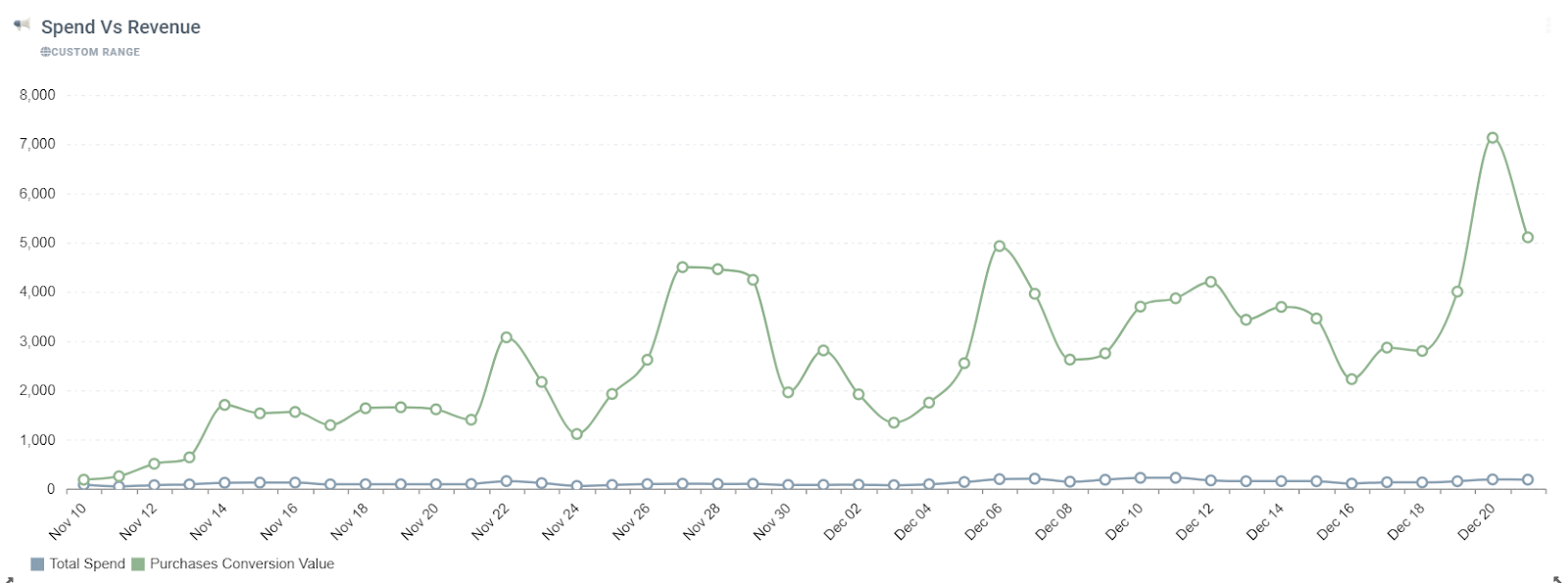
3. First-Party Data
What we said: As it becomes harder and harder to track your audiences, the one consistent piece of gold that you can own is your audience’s data. While it is critical that you should be extremely respectful of this data, you should also see it as one of the major goals for next year.

Is it still relevant?
Earlier this year, Europe went after Google and Google’s third-party data habits. The results have yet to be fully estimated, however one thing is already very clear: GDPR is a much bigger force to be reckoned with than many brands are prepared to handle. One way around the GDPR violations of third-party data is to move exclusively to first-party data, but that’s not just why we recommend first party data.
First party data is data tailored to what you need. With third-party data, you run the risk of getting so much data that you can’t really make any proper use out of it: there’s just too much of it to go through, too much of it to think about, and too much of it to properly protect. First-party data, on the other hand, is data that you own, and that people are happy for you to own.
Third-party data is going nowhere yet. But the cost of using it is rising, and leaving it until the last minute to change over to first-party data is just going to make it harder to adapt once you have to make the change – and that change is coming.
People are still angry about Cambridge Analytica. The most recent GDPR problems are the cherry on top of something that has been on its way for years.
This trend, in practice:
Our Beewits mailer goes out to 40,000 people and counting, and we’ve been curating it for years. Everything that goes out from us through to the Beewits mailer is content that has value: blogs we’ve written that we worked hard on, content that we think is worth sharing. Through it, we get traffic to the website, Beewits’ reputation for good content is maintained, and we also get a decent bump in high-quality traffic. Everyone wins.
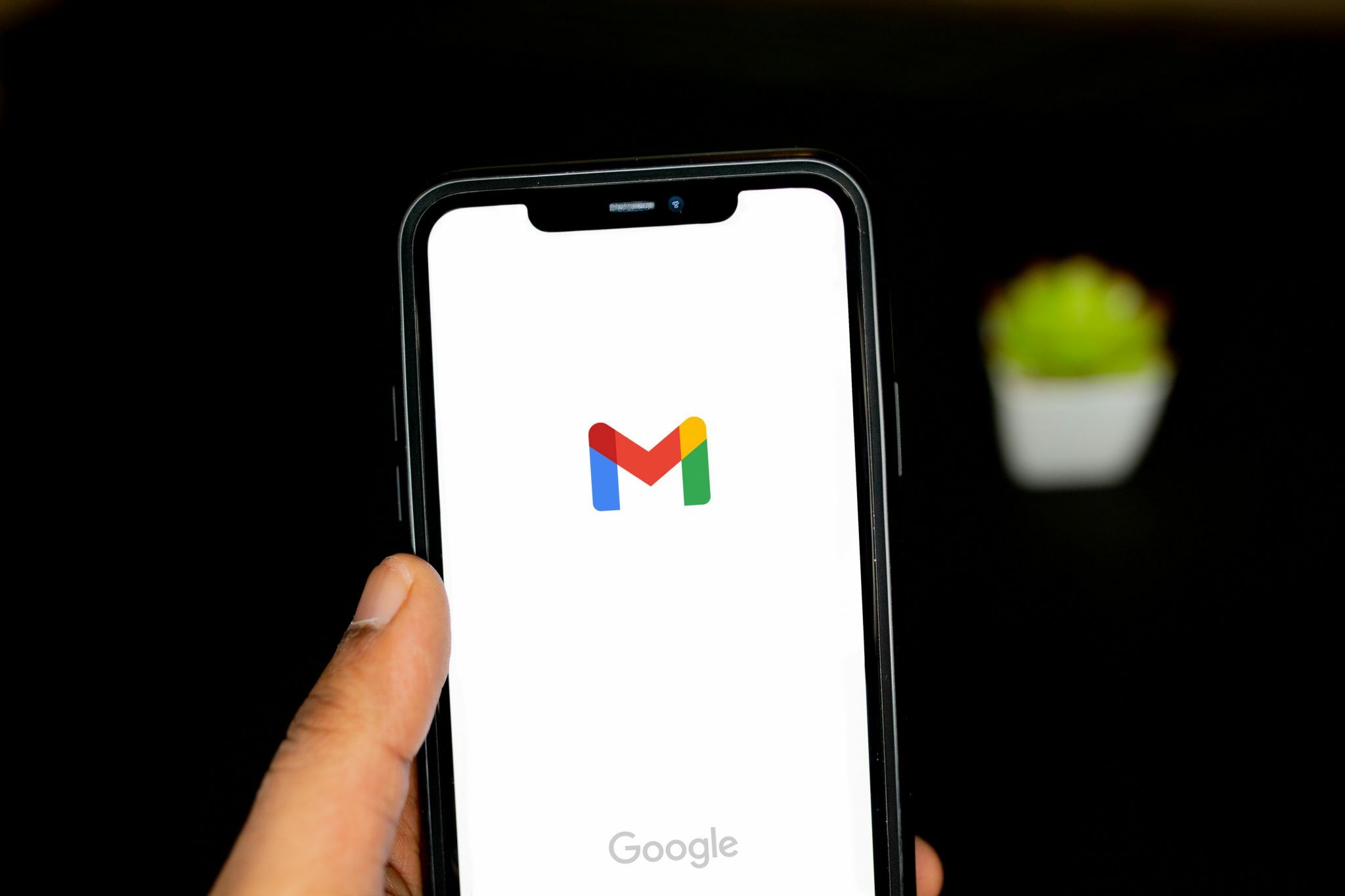
B2B Marketing Trends To Watch
1. Human-first marketing
What we said: While it is critical for your brand to have a unified tone of voice, the people working for your brand should be encouraged to show up when speaking on behalf of your brand, to infuse your brand voice with their personality while respecting its core tenets.

Is it still relevant?
The way you communicate as a brand has never been so fundamentally important. Tying in to the first overarching trend we mentioned, this isn’t just a case of hyping up your products and putting your best foot forward in the face of a potential client meeting; it goes deeper than that. It’s about building a base communication practice that keeps your reputation going: through the big decision makers you speak through all the way down to their employees to the people who those big decision makers recommend you to.
The people you’re speaking to in B2B are human. It’s time to make that the underlying principle of all your B2B communication.
Your brand, as our Head of Brand likes to say, is more than a logo. Your brand is your principles: your brand is how you treat people, your brand is whether your employees are happy, your brand is how you talk to clients and competitors. When you relegate your B2B contacts to automated responses, you’re not doing justice by your brand.
This is not a trend. This is how you need to be moving forward. The world, and the businesses in it, is getting smaller and smaller.
The least you can do for your brand is talk to your clients like people.
This trend, in practice:
SEMRush’s 2017 Easter Egg hunt is an early, but excellent, example of what you can reap when you talk to people on their level – and in this case, that level was explaining their product through gamification. The campaign saw over 9000 users taking part, an engagement increase of 25% and a total conversion of 71 new users.
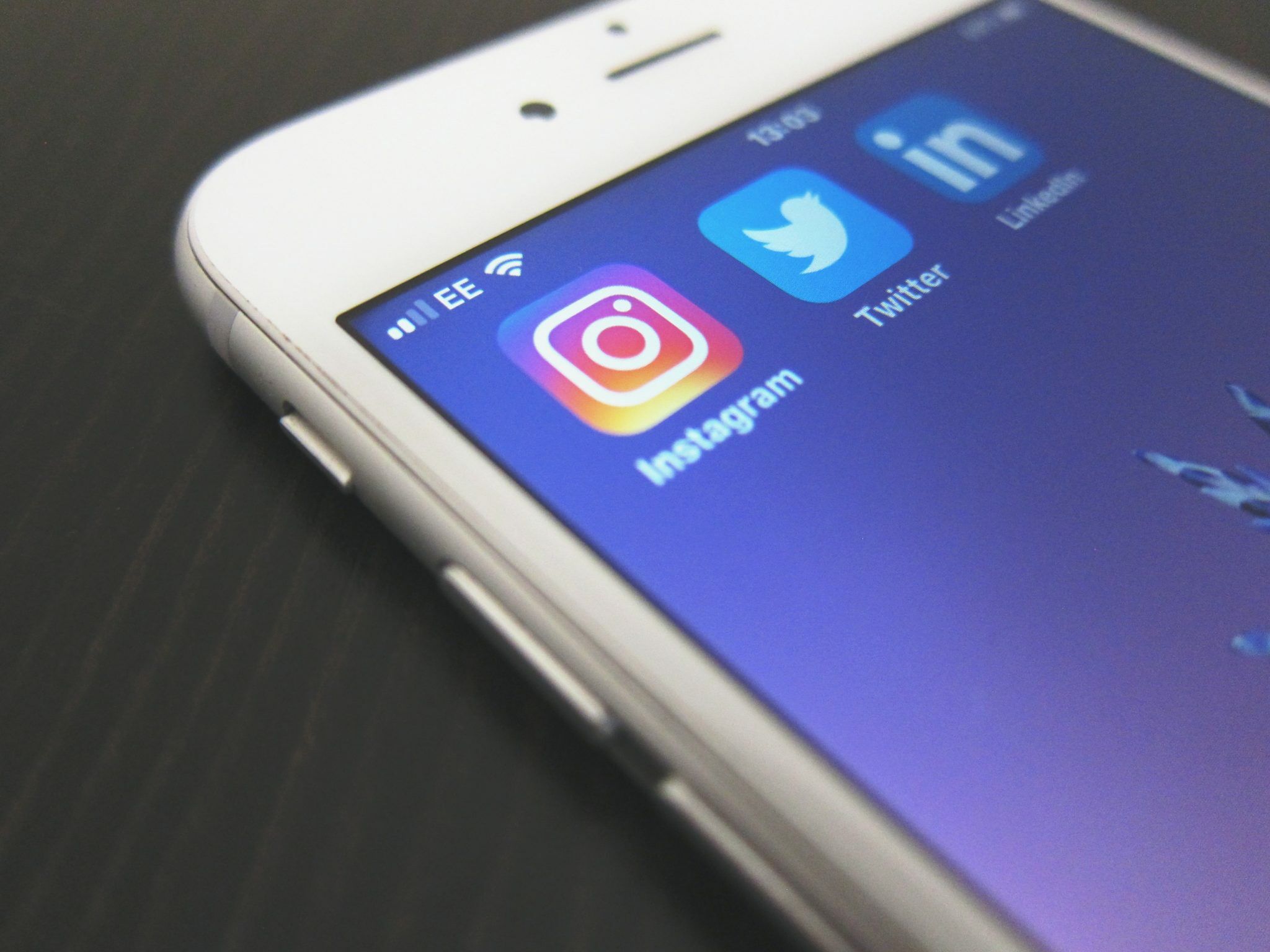
2. The Great Resignation/Reshuffle
What we said: All your marketing efforts reflect who you are, the way you talk about your team reflects who you are, the way you deal with your public reflects who you are. And who you are defines what talent you can recruit and retain.
Is it relevant?
The ongoing unionisation efforts in the United States alone show that this trend is still gaining momentum, and is poised to be one of those things that just keeps going. Similar to what we’ve said before, the theme for 2022 is to do better – and this has ramifications client-side, too.
Your B2B buyers are in the same situations as you were: overworked, overtired, underpaid. The things you worry about are the same things your clients worry about, and what it means is that you’re not going to be able to hold any lasting conversations with them without keeping that in mind.
You need to build lasting relationships. Part of it is knowing how to communicate.
Part of it is understanding that B2B business is changing, and that you’ll need to put in a greater amount of effort into creating the kind of brand that people want to work with; the kind of brand that’s active on socials, the kind of brand that shares its knowledge free of charge, the kind of brand that understands. The kind of brand that makes things easier, not harder, on your client to do what they want.
You will lose your first point of contact. The trick is to build the same great relationship with the person that replaces them.
You can read more about this trend in The Great Resignation and You: How To Retain your employees.
This trend, in practice:
SketchUp led their latest campaign after an extensive research period. Using segmented data and audience analysis on their social platforms, they built a persona that guided their social ads to providing the right content at the right time. By personalising their approach, and allowing the people they were communicating with a say in what they could see, SketchUp saw a 7% conversion rate and a 366% increase in signup to trial and purchases.

3. High Quality Content
What we said: From fantastic explainer videos to resource centres, reports, guides and in-depth blogs, B2B customers are going to be spending much more of their time (and money) with businesses that offer them excellent content marketing.
Is it relevant?
Content has always been gold. What has changed now is how important it is to get that kind of content right.
First of all, you’re not going to get the first party data you need to market, putting you in violation of the third overarching megatrend. Secondly, you’re not going to get the right kind of background information on your client that will help you market to them in a way that appears, violating overarching trend number one. And lastly, you can’t really experiment with content without knowing what’s working for you, putting you in violation of trend number 3.
So, yes. Good content is key. Good content has always been the bricks on which a solid brand is build, and if you’re skimping on the content for yourself – blogs that aren’t SEO optimised, own-brand campaigns that just slide short of being good, lazy design – then you’re not really putting content out there that people want to see, and you’re not really giving them a reason to go with your brand over another.
Create good content. Create good content for free, because it pays off in the long run. Create excellent content that is designed to teach people.
Content is an investment. If you don’t really buy into it, wholesale, you’re not going to get the same results that a brand that goes full-throttle on their content will. And there are those brands that will put out excellent, free content knowing that it’s going to pay off in the long run.
Be like them.
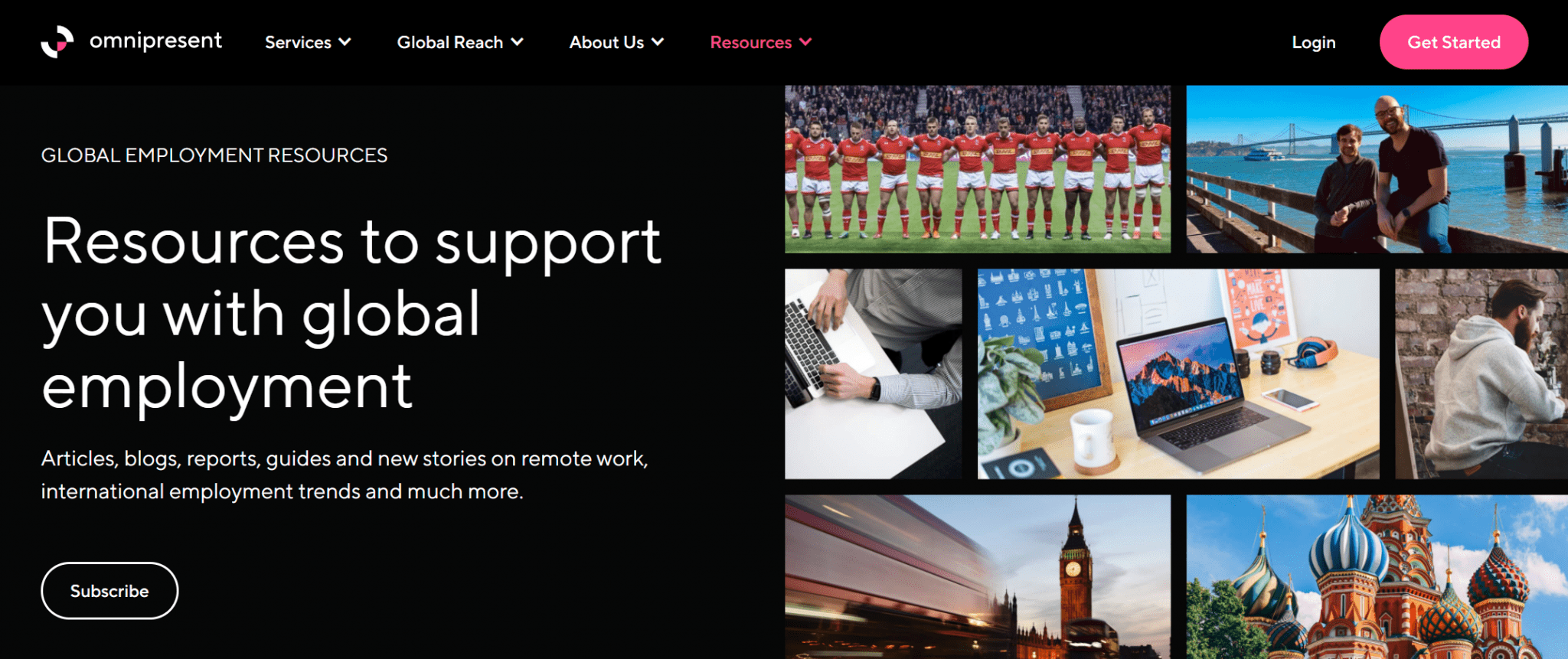
This trend, in practice:
Another excellent win for audience segmentation, and another old case that is still reaping benefits today, Stanley Black & Decker’s 2018 campaign to reduce its sales cycle was so popular that it boosted follow-up by 34% and increased Stanley Black & Decker’s market share. By tailoring their content, training their sales staff on where to communicate with potential clients, and increasing sales effectiveness by sending customer-focused content to prospective clients, Stanley Black & Decker managed to achieve their goal of minimising the sales cycle length – by 30%!
Case Study: Omnipresent’s resource centre puts them at the forefront of their industry by offering all the guides you might need when hiring someone in another country. They took the time to research the subject in most countries and they present the data in ways that makes it a breeze to find and understand. The subject matter is incredibly complicated, so in seeing the work they did you can’t help but think that you can trust these guys implicitly. If they took all this time to put all this data out there publicly, can you just imagine how much knowledge there is in the company itself?

4. Snackable Content
What we said: If you want to stand out you have to fit in. That might sound counterintuitive, but it’s just how it is. To stand out in the B2B area, you need to fit in with how other brands are talking to your audiences.
Is it relevant?
Yes.
But also, no.
You do need to make content that stands out. You do need to talk to your audience in the same way that they’re talking to you.
But you also need to keep in mind that the audiences you are communicating with have the same problems, and the same time-constraints, you have. It isn’t just a case of making excellent content: it’s making sure that the content you make can be distilled into three main points, and consumed in as short a time as possible.
That said, longform content has a value that’s hard to replace with snackable content. Our advice? A blend of both will serve your purposes: you’ll respect your audience’s time with short content, but for those among them who can take the time to read a longer article, they’ll find some value in the longform content you write along the way.
Do that, and you’re golden – and hey, you can drop the formalities too.

5. SEO
What we said: 2022 is the year in which SEO will become more important than ever, purely because it is going to become so much harder to rank as Google updates its algorithms to kill off the hard work that SEO experts have been putting into their sites over the past few years.
Is it relevant?
Yes – though it depends on how you think SEO works.
SEO that is written for humans, but designed to work for a machine, is absolutely necessary. Google is changing its algorithm, and the way it parses results is far, far different from when it started, to the point where we can now do away with some of the older, more annoying parts of writing for SEO, such as making sure every paragraph has a few mentions of the main keyword, just in case. Writing SEO content that is readable, shareable, and sounds like something a human being would write is in.
Writing any other kind of content for SEO is out because it just isn’t enjoyable to read for anyone, except the code behind Google’s search engine rankings. And it definitely isn’t enjoyable for your audience.
This trend, in practice:
Ranking second for ‘SEO agency’ isn’t an easy feat, and especially now that SEO is rising in popularity again – but Session Media managed to push their website into the second position of AhRefs by writing their SEO content for humans, which is working wonders on Google’s algorithm.
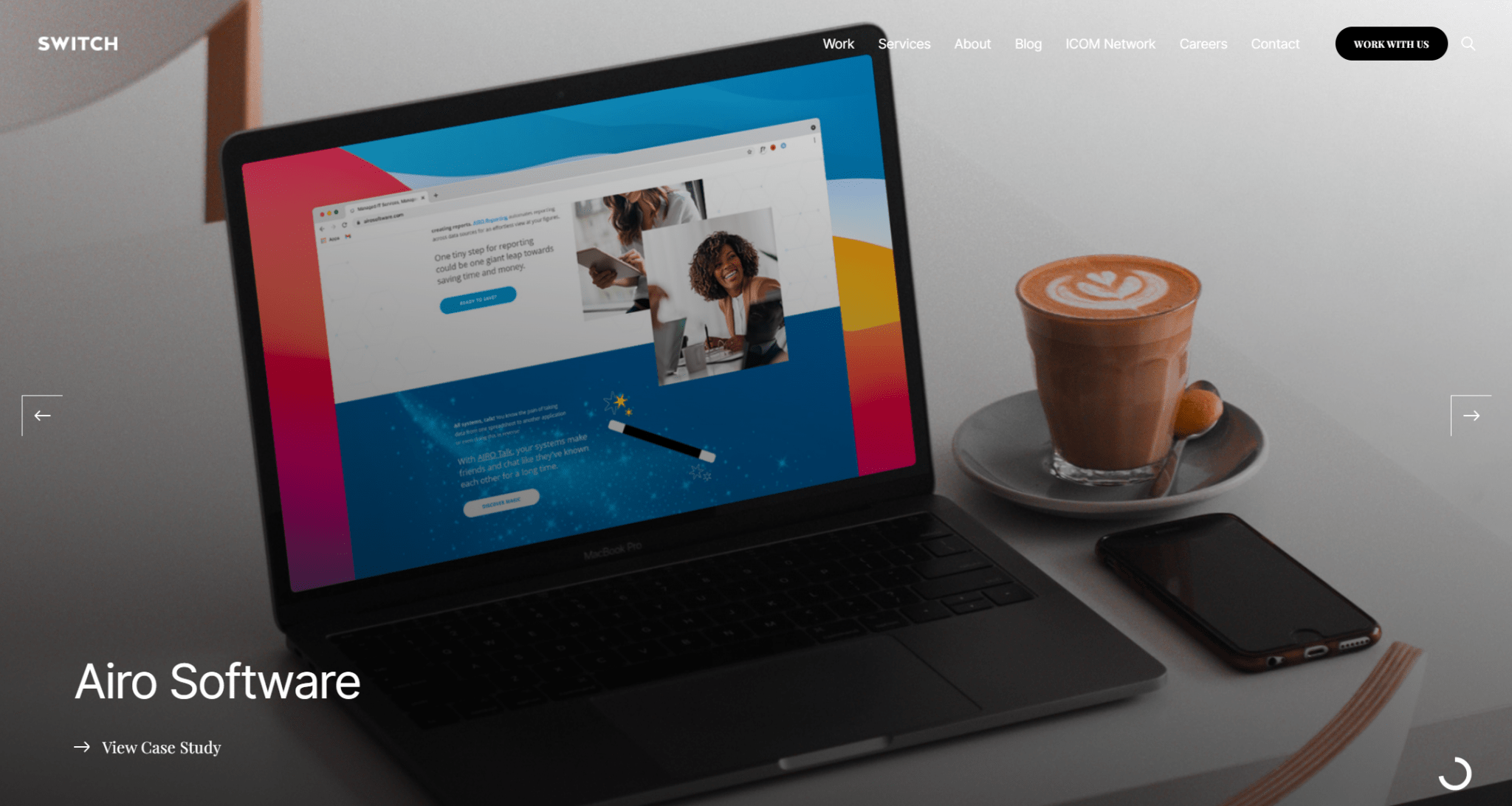
Case Study: Another one of ours here, with the results just coming in so we don’t have a case study up yet. We put some effort into SEO for switch.com.mt over 2021, but it was never the primary focus of our work. We planned content around good SEO practice, and we created quality content around subjects that we excel at (like this piece, incidentally).
In the space of a year we dominated local SEO traffic, basically climbing up over 50 positions in our most valuable keywords, all without putting too much effort into the SEO side of things. All our effort went into creating high quality content on a regular basis, and this kept being picked up by search engines (and third parties, including Hubspot’s blog at one point). By the end of the year, monthly SEO traffic had increased by 419%.

B2B Marketing: How is it going to change
The good thing is B2B marketing hasn’t changed.
Much.
The bad thing is, if you haven’t started putting some of these trends into practice already, where were you this time last year?
Your brand needs help. The way you do business needs to change.
And how you talk to, and market, your own brand is a big part of it. How your brand communicates with its clients is a part of it.
How you see your brand is a part of it.
Your brand is adaptable, and your consumers are forgiving, especially after the pandemic, which really puts into perspective the kind of environment that we’re living in. Kindness, empathy, and making a better community for yourself and for others aren’t new ways of doing business, but they’re fast becoming the only ways of doing business.
Look after your employees. Talk about your brand on social media. Create amazing content for yourself, for your clients, and just because.
And don’t be a dick.
Let’s do this.
Want to read more marketing trends for 2022?
Here are a few more resources we’ve put together, with more on the way:
Marketing Trends 2022: The Year of Conflict





